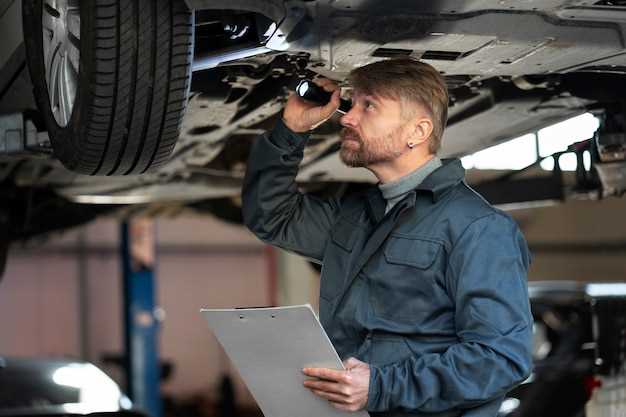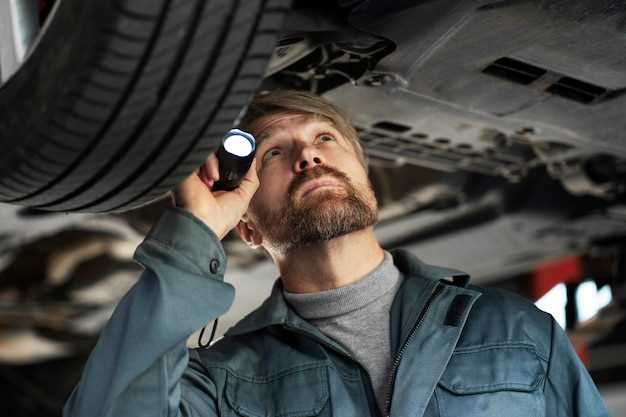
Owning a car comes with a great deal of responsibility, particularly when it comes to maintenance and care. Understanding essential car maintenance tasks is crucial for ensuring your vehicle remains in optimal condition and operates safely on the road. Regular upkeep not only prolongs the lifespan of your car but also enhances its performance and efficiency.
Every car owner should be aware of the fundamental maintenance tasks that require attention throughout the year. These tasks include checking and changing the oil, monitoring tire pressure, and maintaining fluid levels. Neglecting these basic duties can lead to more severe issues down the road and potentially costly repairs. By committing to a routine maintenance schedule, owners can protect their investment and ensure a smooth driving experience.
The importance of car maintenance extends beyond just mechanical performance; it also plays a significant role in safety. A well-maintained vehicle is less likely to experience breakdowns or malfunctions, significantly reducing the risk of accidents. Therefore, being proactive and knowledgeable about key maintenance tasks is not just a matter of convenience; it is essential for the safety of both the driver and other road users.
Checking and Replacing Engine Oil Regularly

Regular engine oil maintenance is fundamental for ensuring your car runs efficiently. Engine oil lubricates the moving parts of the engine, reducing friction and heat. Over time, oil can degrade and become contaminated with dirt and debris, which can lead to engine wear and failure if not addressed promptly.
To perform basic oil maintenance, start by checking the oil level using the dipstick. Pull the dipstick out, wipe it clean, reinsert it, and then check the level again. This process will help you determine if you need to add more oil. Ideally, your oil should be at the full mark on the dipstick.
Additionally, the color and consistency of the oil are critical indicators of its condition. Fresh oil is typically amber and smooth. If the oil appears dark and gritty, it’s a sign that it needs to be replaced. Experts recommend changing the engine oil every 3,000 to 5,000 miles, although some modern vehicles may have longer intervals, so always refer to the owner’s manual.
When replacing engine oil, it’s essential to use the correct type as specified by the manufacturer. Different engines require different oil grades and types, such as synthetic or conventional. Use a funnel to avoid spills and ensure a clean oil change.
In conclusion, caring for your engine oil is a basic yet critical maintenance task that every car owner should prioritize. Regular checks and timely replacements will significantly extend your engine’s lifespan and improve vehicle performance.
Maintaining Tire Pressure and Tread Depth

Proper tire maintenance is crucial for ensuring safety, fuel efficiency, and a smooth driving experience. Two of the most basic but essential aspects of tire care are maintaining tire pressure and monitoring tread depth.
Maintaining correct tire pressure enhances vehicle handling, improves fuel efficiency, and reduces tire wear. It is important to regularly check tire pressure, ideally once a month and before long trips. Use a reliable tire pressure gauge to measure the pressure when the tires are cold. Refer to the vehicle’s owner’s manual or the sticker usually located on the driver’s side door jamb for the manufacturer’s recommended psi (pounds per square inch). If the pressure is too low, inflate the tires to the recommended level; if it’s too high, release some air to achieve the correct balance.
Tread depth is another vital factor in tire maintenance. Tire tread provides the necessary grip on the road, especially in wet or slippery conditions. As the tread wears down, the risk of hydroplaning increases and braking distance may lengthen. To check tread depth, use the “penny test” by inserting a penny into the tread grooves with Lincoln’s head facing down. If you can see all of Lincoln’s head, it’s time to replace the tires. Most experts recommend replacing tires when tread depth falls below 2/32 of an inch.
In summary, regular attention to tire pressure and tread depth is fundamental to vehicle maintenance. Proper care not only extends the life of the tires but also enhances safety and performance on the road.
Inspecting and Replacing Brake Pads and Fluid
Regular maintenance of your car’s brake system is essential for ensuring safe driving. One of the key tasks every car owner must know is inspecting and replacing brake pads and fluid.
Brake pads are critical components that create the friction necessary to slow down or stop your vehicle. Over time, they wear down due to constant use. It is advisable to inspect your brake pads at least every 10,000 to 15,000 miles. Look for signs of wear such as a thin pad, cracks, or a warning light on your dashboard.
To check the thickness of the brake pads, you can visually inspect them through the wheel spokes. If they appear to be less than a quarter of an inch thick, it’s time for a replacement. Additionally, if you hear a squeaking or grinding noise while braking, this often indicates that the pads are worn and need immediate attention.
In conjunction with brake pads, the brake fluid must also be examined. Brake fluid enables the hydraulic system to work effectively. Always ensure the fluid is at the recommended level and check for any signs of contamination, such as discoloration or cloudiness.
To maintain optimal brake care, consider replacing the brake fluid every two years or as advised by your vehicle’s manufacturer. Old fluid can absorb moisture, which reduces braking efficiency and can lead to costly repairs.
When replacing brake pads and fluid, it is essential to select high-quality products that are compatible with your car. If you feel uncomfortable performing these tasks yourself, it is wise to consult a professional. Remember, keeping your brake system in top condition is paramount for your safety and the longevity of your vehicle.




